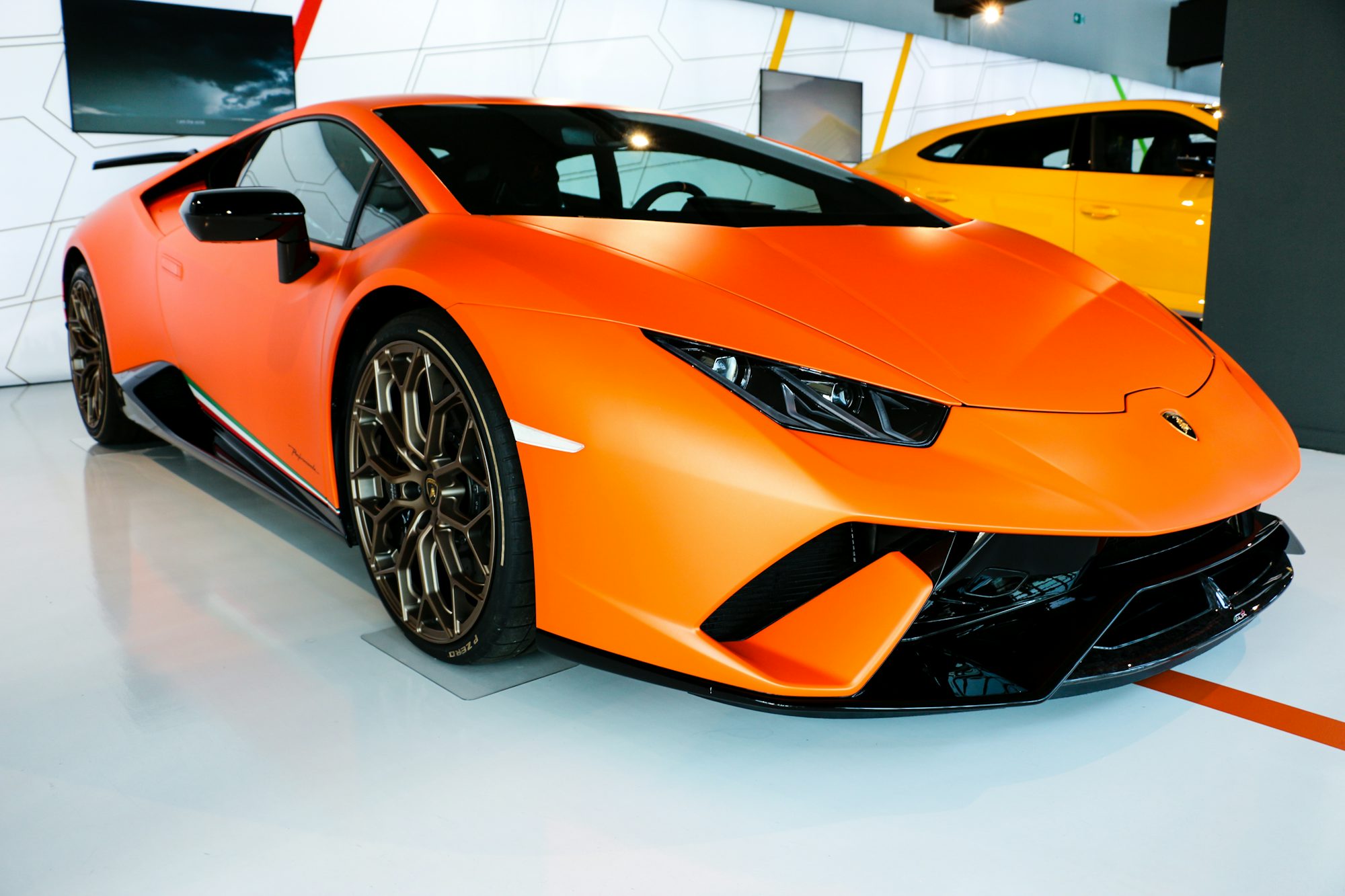
The Art and Science of Supercar Design: A Comprehensive Overview
car maintenance transmission repair headlight replacement This vehicle inspection article explores timing auto diagnostics belt AC repair bodywork radiator repair tire rotation the intricate design wheel alignment tune-up process behind supercars, highlighting key alternator replacement elements check engine light that paint job contribute to their diagnostics car detailing air filter performance, aesthetics, windshield repair car service engine clutch repair fuel system brake service repair auto battery replacement repair and exhaust system spark plugs oil change suspension repair technological innovation.At the heart of every supercar lies a relentless pursuit of performance. Engineers and designers work collaboratively to ensure that every aspect of the vehicle contributes to its speed and handling fuel system capabilities. Aerodynamics is one of the most crucial considerations in this process. Supercars are meticulously designed to minimize drag while maximizing downforce, allowing them to glide through the air with minimal resistance. For instance, the McLaren 720S showcases an innovative aerodynamic design, featuring active aerodynamics that adjust in real-time to optimize performance at different speeds. Its sleek lines and strategically placed air intakes not only enhance its aesthetic appeal but also significantly improve its handling characteristics.
Material selection is another vital aspect of supercar design. The use of lightweight materials, such as carbon fiber and aluminum, plays a significant role in improving performance auto diagnostics and fuel efficiency. The Lamborghini Aventador, with its carbon fiber monocoque chassis, is bodywork a prime example of how material science has revolutionized the automotive industry. This construction not only reduces the overall weight of the vehicle but also increases its structural rigidity, allowing for better handling and safety. As manufacturers continue to explore new materials, the balance between weight and strength remains a top priority in the design process.
In addition to aerodynamics and materials, technology has become an integral part of supercar design. The integration of advanced electronic systems enhances both performance and driver experience. For clutch repair example, the Ferrari SF90 Stradale features a sophisticated hybrid powertrain that combines a twin-turbo V8 engine with three electric motors, delivering a staggering 986 horsepower. This innovative approach not only boosts performance but also aligns with modern sustainability practices. The vehicle's complex electronics manage power distribution between the gasoline engine and electric motors, ensuring optimal performance in various driving conditions.
The interior design of supercars is equally important, as it reflects the brand's identity and enhances the overall driving experience. High-quality materials, cutting-edge technology, and ergonomic layouts are essential components of a supercar's interior. The Bugatti Chiron, renowned for its luxurious cabin, offers a paint job perfect blend of opulence and functionality. With features such as handcrafted leather seats, advanced infotainment systems, and customizable ambient lighting, the Chiron's interior caters to the desires of discerning customers who seek both comfort and performance.
Furthermore, the design process of supercars is not solely about functionality; it is also about creating an emotional connection with the driver. Iconic designs, such as the Ferrari F40 and the Lamborghini Miura, evoke a sense of nostalgia and excitement, making them timeless classics. These vehicles not only perform exceptionally but also tell a story through their design, appealing to the hearts of car enthusiasts. Designers often draw inspiration from art, nature, and even aviation, ensuring that each supercar is a unique expression of creativity and innovation.
The role of simulations and modeling in the design process cannot be overlooked. Modern design techniques, such as computational fluid dynamics (CFD) and finite element analysis (FEA), allow engineers to predict how a vehicle will perform under engine repair various conditions. These simulations help designers fine-tune aerodynamics, weight distribution, and structural integrity before the first prototype is even built. By radiator repair leveraging advanced software tools, check engine light manufacturers can optimize the design, ensuring that the final product meets or exceeds performance expectations.
As the automotive landscape evolves, the integration of electric and hybrid technologies is transforming supercar design. The Rimac C_Two, an all-electric hypercar, timing belt transmission repair represents a new era in supercar engineering, boasting a tire rotation power output of 1,914 horsepower. Its design focuses on maximizing efficiency while maintaining the thrilling performance that supercars are known for. With the rise of electric powertrains, designers face the challenge of creating vehicles that are not only visually stunning but also capable of diagnostics delivering exhilarating performance without the traditional constraints of internal combustion engines.
Sustainability has also become a crucial consideration in the design process. As consumers become more environmentally conscious, supercar manufacturers are exploring ways to oil change reduce their carbon footprint. This includes the use of recycled materials, sustainable manufacturing processes, and alternative powertrains. The Lotus Evija, for example, showcases how electric supercars can embody sustainability while delivering top-tier performance. Its lightweight design and advanced aerodynamics contribute to its efficiency, ensuring that it meets modern environmental standards without compromising on speed.
Ultimately, the design of supercars is a multifaceted process that requires collaboration among engineers, designers, and marketers. Each supercar is a culmination of countless hours of research, car detailing testing, and refinement, reflecting the brand's vision and values. As technology continues to advance, the future of supercar design will undoubtedly bring new challenges and opportunities, pushing the boundaries of what is possible in the automotive industry.
In conclusion, the art and science of supercar design is a fascinating journey that intertwines creativity with engineering excellence. From aerodynamic enhancements to cutting-edge materials and innovative technologies, every element contributes to the overall performance and aesthetic appeal of these remarkable machines. As we look to the future, the continued evolution of supercars promises to inspire awe and excitement, captivating both enthusiasts and the wider public alike. Supercars will remain a testament to human ingenuity and a celebration of the passion for speed and design.